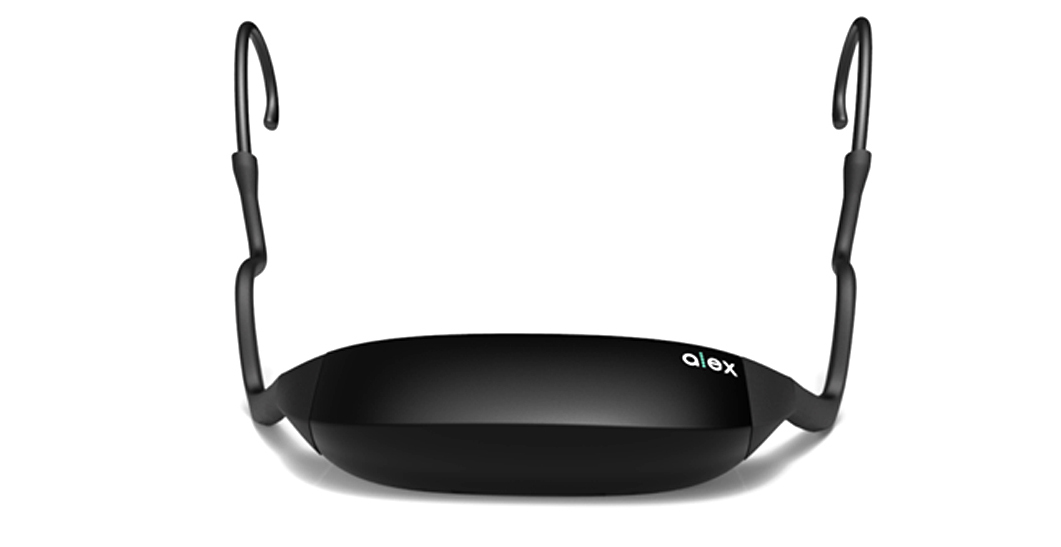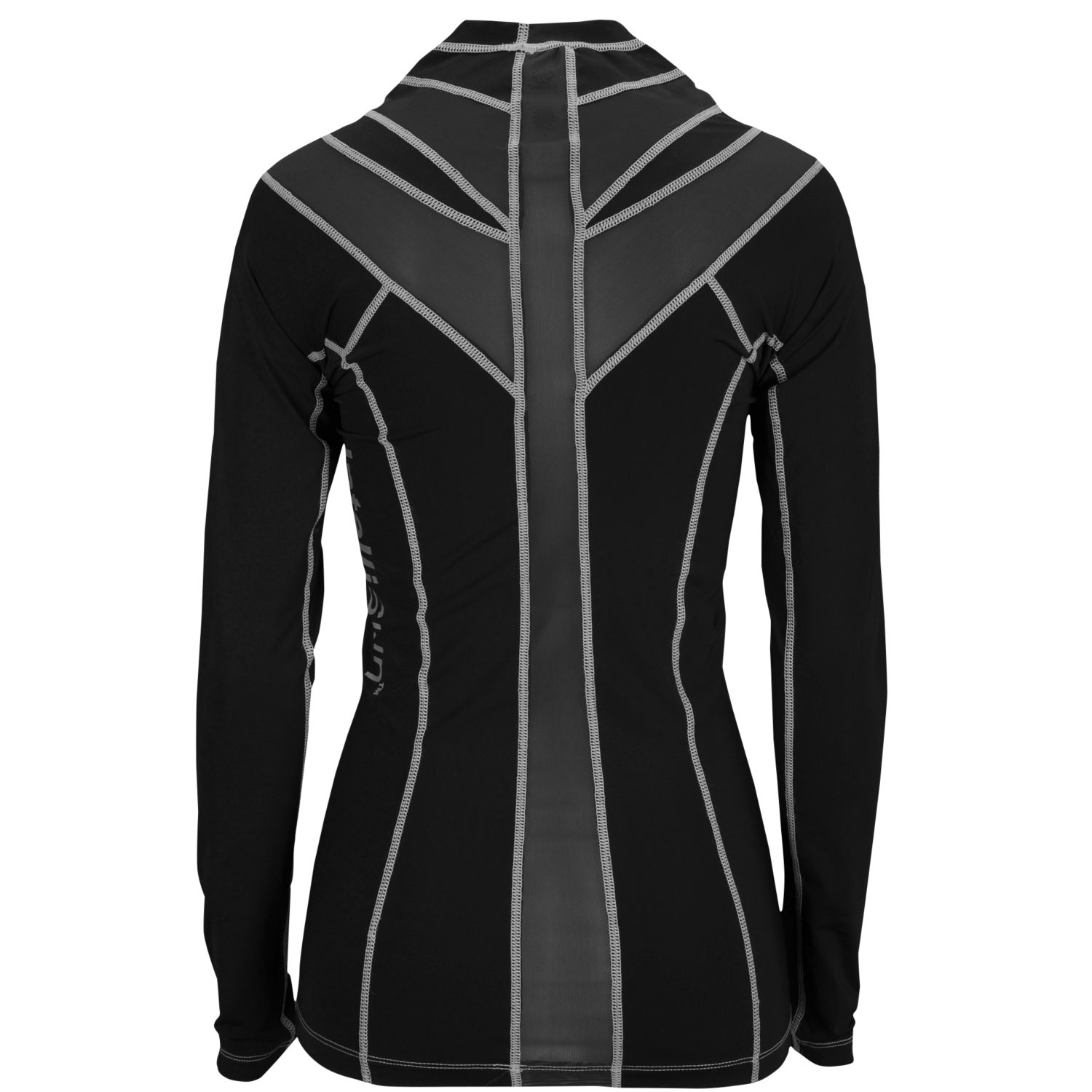Most of us sit on our asses all day long. Whether we’re staring down at our smartphones or gazing at our laptops, slouching has become normal—but it has its side effects. Known as the smoking of our generation, slouching can cause depression, digestive issues, neck pain, and headaches. And we’re doing it anyway.
If we could figure out how to sit up straight while we work at our desks, it could help elevate mood and even make us more productive, affect body balance, and lower risk of muscle imbalances (bad posture can cause spinal deformities too). But how can we develop the discipline to sit up straight without a mom-alarm that reminds us to do so?
Videos by VICE
There are actually wearables designed to help us correct our posture, advanced pieces of tech that are being designed worldwide (ironic, given that our addiction to tech may be what’s been deteriorating our droop) in the form of smart shirts and headband-type gadgets. They’re not cheap—the ones I tried range from $100 to $250—so figuring out just how important not having a hunchback is to you is key here.
TruPosture is a California-based company that sells polyester and elastane vests which are worn under regular work clothes (given they’re not too fitted). They have a long wire that snakes from the top to the bottom of the spine. The wire is embedded with five nano-accelerometer sensors that measure the angles of your posture on the connecting app via Bluetooth. When the sensors find you slouching, it vibrates. The goal is to pinpoint where exactly you’re wilting so you can work to strengthen the muscle areas that need the most attention.
The app has a chart with a blue line that captures your best posture position, while a gold line shows the swaying movements of your back in real time. If the vibration is too jarring, you can lower its intensity on the app. Every hour, the app sends you a reminder to get up and walk around for brief exercise. At lunch, you can turn on the relax mode, which allows for a more chill seating position.
This thing definitely makes you more aware of your posture, as you can see it live on the app. But it takes up a bit of iPhone battery life, so I’d suggest only using this where you have WiFi—and it only lasts a few hours. The app also doesn’t offer any way to tally up your daily progress and compare it to the day before. If you’re working with a chiropractor, you don’t have any numbers to crunch, making it harder to track your progress.

Image courtesy of Alex Posture
Seoul-based company Alex Posture‘s gadget is a plastic device that sits behind your head with two wires that hang over your ears like coat hangers. It, too, vibrates whenever you’re slouching or spending too much time looking down. The app is more helpful data-wise; it tallies up your daily progress and compares it to your activity the days before. It measures your posture, every time you slipped up and how active you are too. Sidenote: It’s pretty disconcerting to see how much time you spend at a desk versus actively walking around in a pie chart. And just when you’re deep into a YouTube video, the thing zings you at the back of your neck, scaring the shit out of you.
The headset and app disconnected from each other several times a day—when I had WiFi and was standing or sitting no more than eight feet from my phone, when I was looking down at my smartphone, cooking, taking out the trash, doing dishes, putting on my shoes and getting up from the toilet, which was annoying as hell. If you have to do active tasks where you’re bending over, I’d suggest just leaving it at your desk. They also don’t recommended wearing it while working out.

Image courtesy of IntelliSkin
IntelliSkin‘s smart shirt is a better option for the gym, I tried their foundation long-sleeved shirt 2.0 and essential ultima bra, which is good for running (although it doesn’t replace a full-support sports bra, which I wore underneath). Born out of taping remedies for athletes, their ergonomic fabric gets to know your body and works like Kinesio tape, which offers tactile feedback to its wearer. They both control your posture, squeezing you in the areas you need help with.
On the treadmill, I noticed that I felt pressure between my shoulder blades reminding me to stand up straighter. When I was riding my bike, it targeted my lower back. The nylon and spandex shirts are actually slimming and available in large sizes, but I wouldn’t wear this every day (at least at the beginning) as it can sometimes feel like you’re squeezed into sausage casing. It’s a mind trick—the fabric is just squeezing you to keep your posture straight.

Image courtesy of Percko
My last attempt to stand like a boss involved Percko‘s thin, stretchy undershirt. The French company’s design includes a large “X” on the back of the shirt that prompts you to stick out your chest (kind of a modern-day corset) and a built-in belt with three different clasps at your waist. When you slouch, it offers pressure in the area that needs help so you sit up straight, also app-less. One setback: This vest is not designed for plus-size people, which is problematic since people who need posture help are often carrying extra weight.
Posture wearables are a quick fix, but in the end, having the self-discipline to put these cumbersome things on (and in some cases, keep them working) is almost as demanding as just sitting up straight.
More
From VICE
-

Collage by VICE -

GE -

Collage by VICE -

Screenshot: GOG.com
